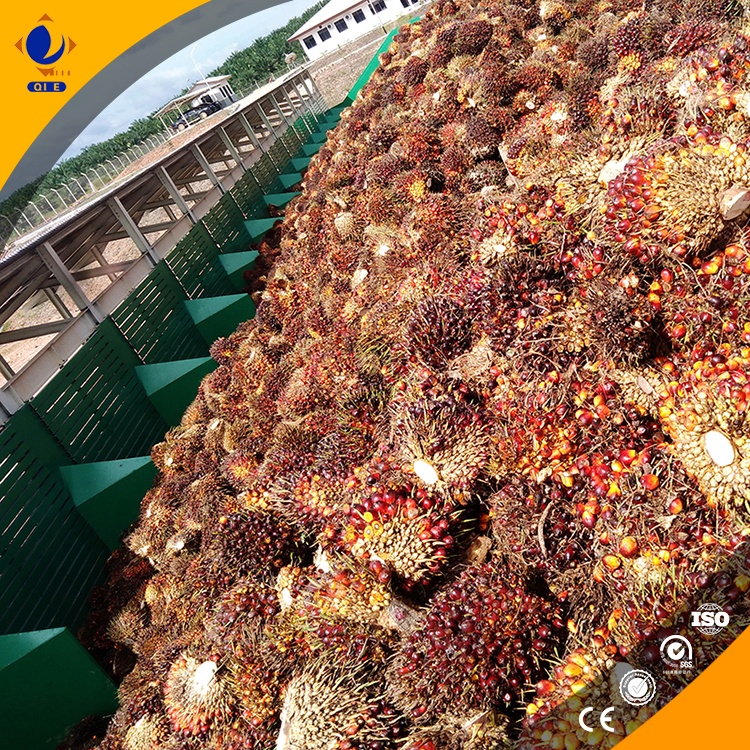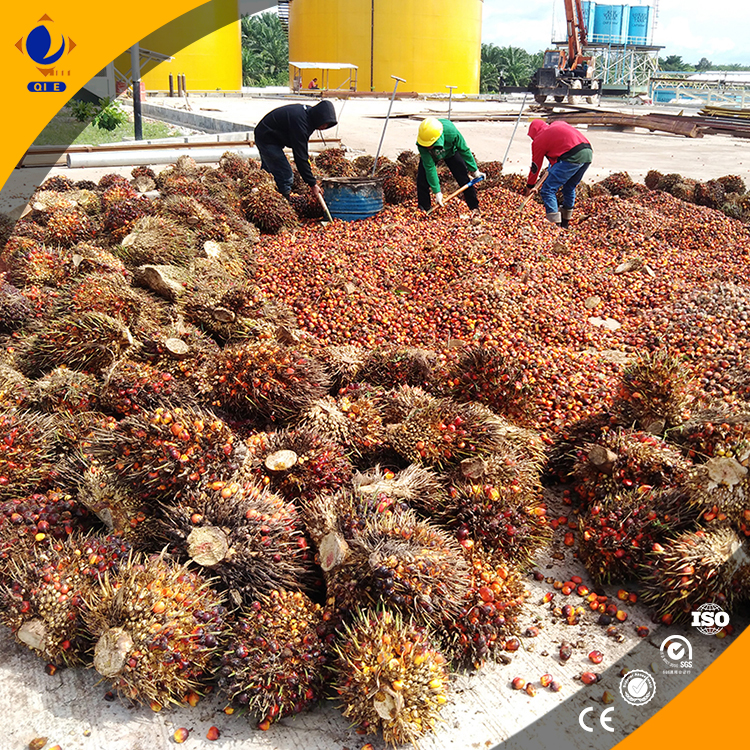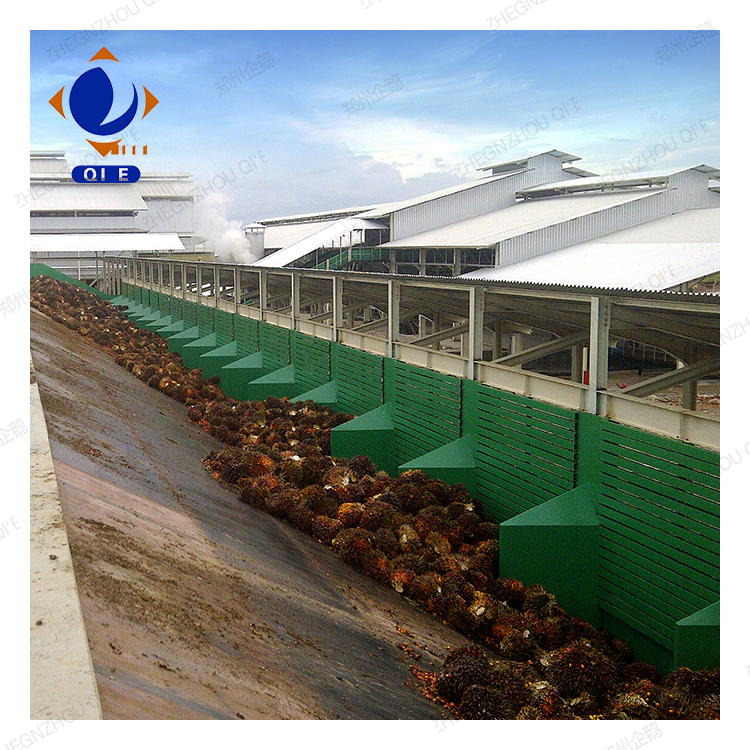
In the evolving landscape of global oilseed processing, selecting the optimal oil refining equipment is pivotal to boosting operational efficiency and reducing production costs. Specifically, for soybean oil refining — a core segment of the edible oil industry — understanding the technical nuances of available refining systems is essential. This guide provides a comprehensive overview of batch, semi-continuous, and continuous refining machines, enabling processing plants worldwide to align equipment choices with their unique production scales and goals.
At the heart of any oil processing plant lies the refining stage, critical for removing impurities such as phosphatides, free fatty acids, and pigments that affect oil quality and shelf life. Soybean oil refining machines facilitate these processes using physical or chemical methods. Core parameters influencing machine selection include capacity, operational mode, energy consumption, and maintenance needs.
| Refining Type | Capacity Range (tons/day) | Operational Mode | Advantages | Ideal Applications |
|---|---|---|---|---|
| Batch Refining | Up to 20 | Intermittent | Simple design, lower initial investment, flexible for variable input quality | Small to medium processing units; R&D testing |
| Semi-Continuous Refining | 20–100 | Partially automated; combined batch and continuous flow | Improved efficiency, better product consistency, moderate automation | Mid-sized factories aiming for scalable productivity |
| Continuous Refining | 100 and above | Fully automated, nonstop operation | Maximized throughput, energy-saving, consistent quality, advanced process control | Large-scale production with high volume demands |
Production demands vary widely depending on region, market, and regulatory frameworks. For example, a mid-tier oil processor in Southeast Asia reported a 17% increase in throughput after switching from batch to semi-continuous refining, backed by an upgrade in control instrumentation. Technical optimizations such as automated degumming and neutralization steps reduce labor costs by approximately 15% while maintaining FFA (free fatty acid) levels below 0.1%, compliant with international edible oil standards.

Avoiding equipment mismatches starts with understanding key technical parameters such as throughput capacity, energy consumption (kWh/ton), and maintenance cycles. Underestimating production scale often leads to over-investment in oversized continuous systems, which incur excessive operational costs. Conversely, undersized batch equipment may cause bottlenecks during peak demand seasons.
Environmental compliance and waste treatment capacities must also be factored in, especially with stricter emission and effluent standards emerging worldwide. Integration with upstream degumming and downstream bleaching units promotes overall process efficiency.
 soybean oil refining plant showing automated control systems" style="max-width: 100%; border: 2px solid #dee2e6; border-radius: 6px;">
soybean oil refining plant showing automated control systems" style="max-width: 100%; border: 2px solid #dee2e6; border-radius: 6px;">
A leading South American oil processing conglomerate deployed a continuous refining solution custom-designed for their 150 tons/day capacity, resulting in a 12% reduction in processing time and a 20% cut in energy costs within 12 months. The transition included IoT-enabled sensors allowing predictive maintenance, minimizing unplanned downtime by over 30%. Such case studies underscore the tangible benefits of investing in technology-led optimizing refiners.

- Throughput Capacity: Confirm refined capacity aligns with annual production targets to avoid capital lock-in.
- Energy Consumption: Prioritize machines with energy-saving designs; modern continuous systems can reduce power usage by up to 25%.
- Automation Level: Fully automated plants require higher upfront investment but provide consistent product quality and reduced labor dependency.
- Material Compatibility: High-quality stainless steel construction prolongs equipment life and ensures compliance with food-grade standards.
- Maintenance & Service: Availability of local service support decreases downtime risk. Remote monitoring integration is increasingly valuable.
- Environmental Compliance: Evaluate equipment against local regulations on effluent and emissions control.
Addressing these parameters at the selection phase mitigates potential production interruptions and fosters sustainable operation longevity.
For processing plants aiming to revolutionize their oil refining operations, partnering with technology leaders who provide tailored refining equipment delivers unmatched advantages. Advanced machines not only elevate efficiency but also improve oil quality and reduce operational costs, empowering businesses to stay competitive in the dynamic global edible oil market.
Discover our state-of-the-art Soybean Oil Refining Machines — engineered for seamless integration, maximum throughput, and minimal downtime. Contact us today to optimize your refining process with technology that delivers proven results.


